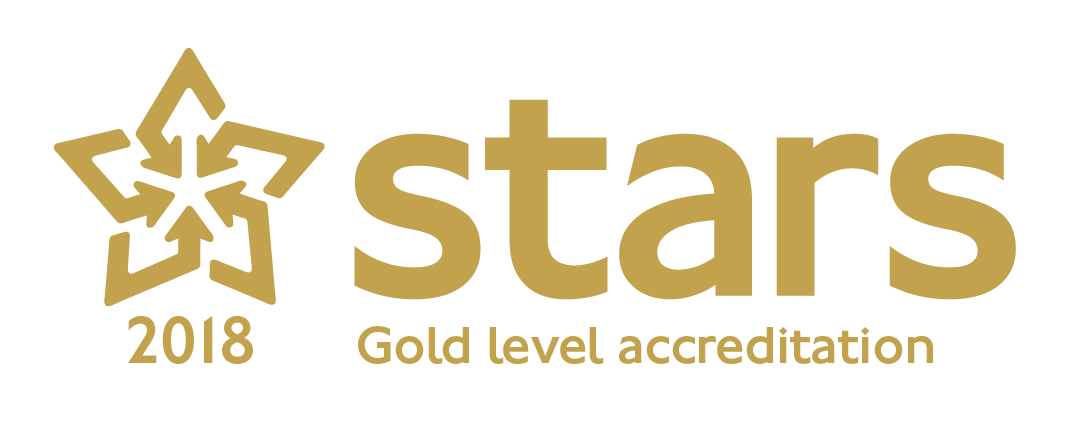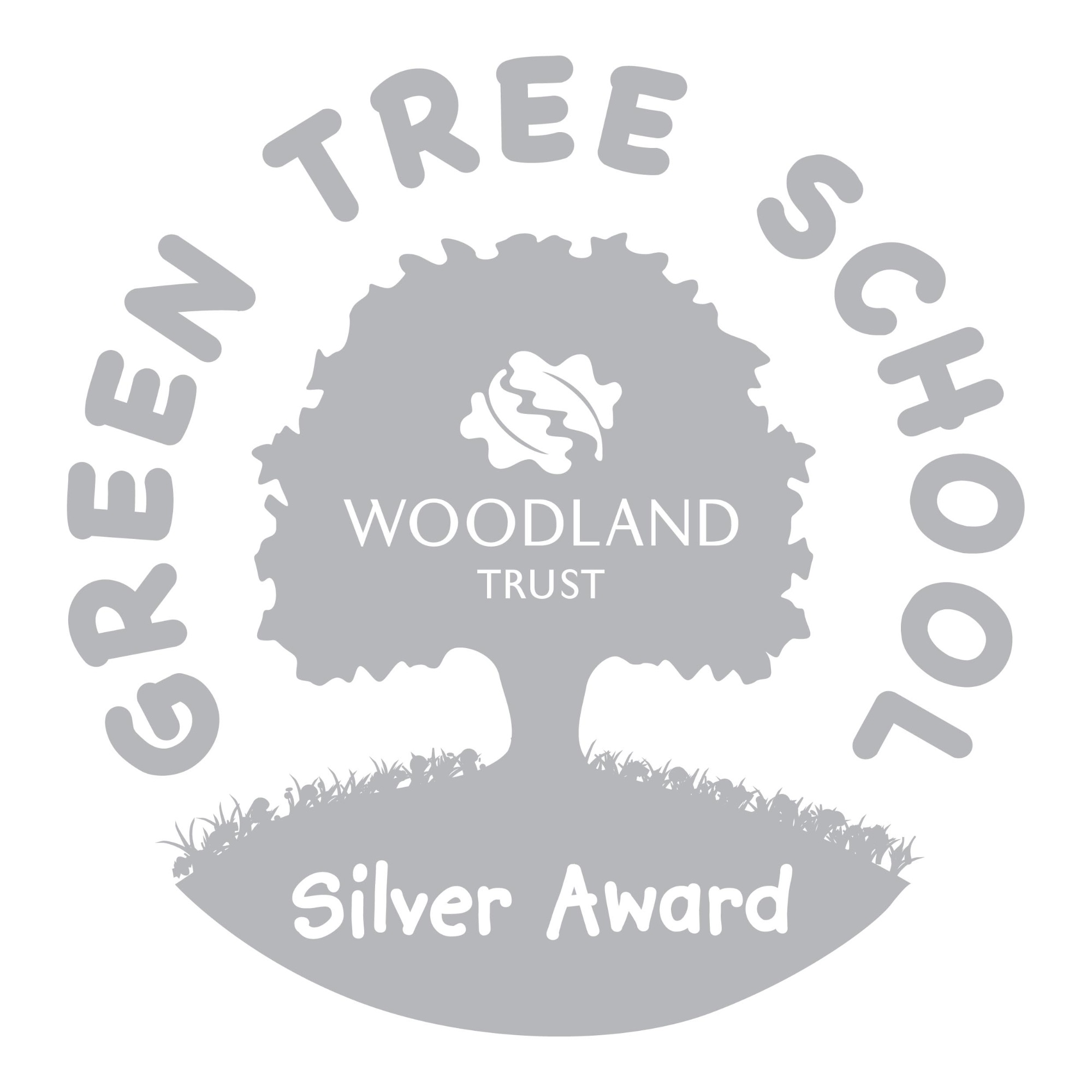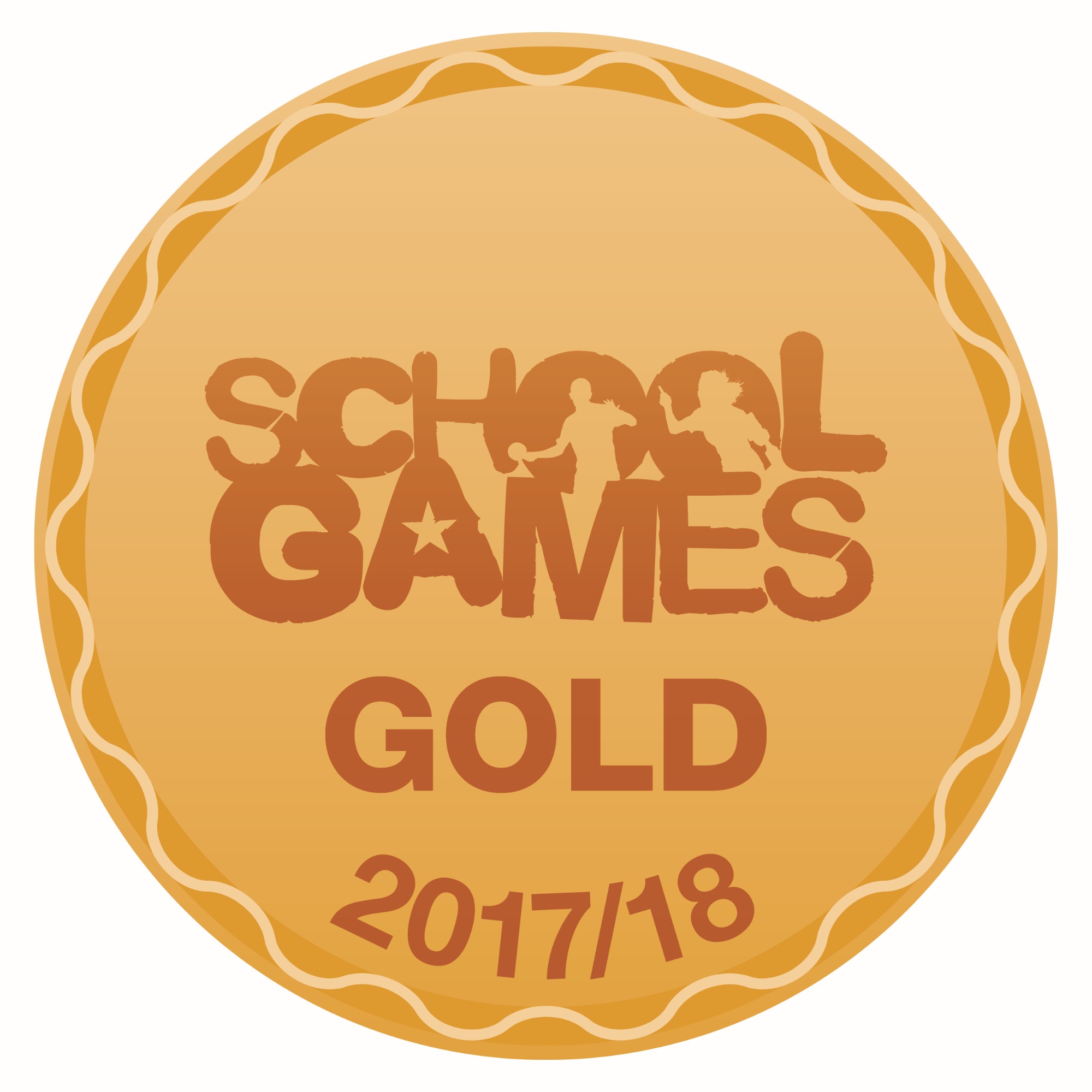2 Redwood
Welcome to the Year 2 page!
Here, you'll find everything you need to stay connected with our Year 2 journey. We'll keep this page updated with important announcements, homework assignments, curriculum highlights, trip information, and snapshots of what we're learning in class.
Check back regularly to see what’s new, and feel free to reach out if you have any questions. We’re excited for a fantastic year ahead!
Here's a breakdown of what your child will be studying and how it supports their growth and understanding of the world around them.
English: Tidy by Emily Gravett

English:
In English, As part of our Year 2 reading curriculum, children have been exploring Tidy by award-winning author and illustrator Emily Gravett. This engaging and beautifully illustrated story follows Pete the badger, who is determined to keep the forest neat and tidy — but soon discovers that too much tidiness can cause more harm than good!
Pete the badger likes everything to be clean and tidy. When he sees fallen leaves in the forest, he sweeps them away. Then he decides the trees look messy too, so he digs them up. Before long, the whole forest is bare — no trees, no homes, and no food. Pete’s cleaning has gone too far, and the forest turns into a muddy mess. Realising his mistake, Pete and the animals work together to put things back the way they were. Pete learns that nature isn’t meant to be perfect, and a bit of mess is part of what makes it beautiful.
We use a range of question types in class to help children think deeply about the books they read. We are aiming to retell the story as the main character, Pete. Also, we will be exploring the four different types of sentences: commands, exclamations, questions, statements and practice using them in our writing.
Here are examples based on Tidy:
Literal Question
What did Pete do to the trees after cleaning up the leaves?
Answer: He dug them up because he thought they were messy.
Inferential Question
Why do you think the forest turned muddy after Pete tidied everything?
Answer: Because without trees and plants, the soil became wet and messy.
Evaluative Question
Was Pete right to tidy up the forest so much? Why or why not?
Answer: No, because he didn’t realise that the mess is important for nature and for animals to survive.
Personal Response Question
Have you ever tried to fix something and made it worse? What did you learn from it?
Answer: (Encourages children to connect their experiences to the story’s message.)
Maths - Statistics and Position and Direction
Statistics
In Year 2, children begin to explore simple data handling. This includes collecting information and displaying it in clear, visual ways. Here’s what they’ll be learning:
What your child will be doing:
Sorting objects into categories (e.g., sorting animals into groups like mammals, birds, etc.).
Creating tally charts to count and record data.
Drawing and interpreting pictograms (with symbols that represent numbers, like each picture = 2).
Reading and creating block diagrams (bar charts) with simple labels and scales.
How you can help at home:
Sort toys, food, or household items and count how many are in each group.
Make tally charts for things like favourite fruits or colours in the family.
Talk about simple graphs in books, magazines or weather reports.
Ask questions like:
Which is the most/least popular?
How many more apples than bananas?
How many altogether?
Position and Direction
This topic helps children describe where things are and how they move – a foundation for understanding maps, geometry and coding in later years.
What your child will be doing:
Using mathematical vocabulary to describe position: above, below, left, right, in between, near, far.
Giving and following directions using terms like:
Forwards, backwards, left, right
Clockwise and anti-clockwise turns
Quarter, half and full turns
Learning how to use coordinates in simple grids.
How you can help at home:
Play treasure hunt games using directional clues.
Give each other instructions using left/right and turns (e.g., "Take two steps forward and turn right").
Use toys like Lego or action figures to act out movements and turns.
Look at maps and describe locations (e.g., "The park is above the school on the map").
Year 2 History – Learning About Famous Queens
As part of the history curriculum in Year 2, children learn about significant individuals from the past. This includes three important queens from different periods of British history:
Queen Elizabeth I
Queen Victoria
Queen Elizabeth II
Children will explore what made these women important and how they shaped the country and the world around them.
Queen Elizabeth I (1533–1603)
Ruled from 1558 to 1603 (Tudor times)
Famous for defeating the Spanish Armada in 1588
Promoted the arts and exploration (Sir Francis Drake and Shakespeare lived during her time)
Wore fancy clothes and large collars
Ruled at a time when many believed women couldn’t lead – she proved them wrong!
Key Learning for Children:
Understand she ruled over 400 years ago
Learn about how she was a strong and clever leader
Explore how life was different in Tudor times
Queen Victoria (1819–1901)
Ruled from 1837 to 1901 – the Victorian era
Became queen at just 18 years old
Had 9 children and was married to Prince Albert
Her reign saw lots of inventions, the growth of railways, and the British Empire
Wore black clothes after Prince Albert died – she mourned him for 40 years
Key Learning for Children:
Learn how life changed during her reign (transport, schools, industry)
Compare Victorian times to today (e.g. toys, homes, jobs)
Understand her importance in British history
Queen Elizabeth II (1926–2022)
Ruled from 1952 to 2022 – over 70 years
The UK’s longest-reigning monarch
Lived through World War II and many changes in society
Visited countries all around the world as Head of the Commonwealth
Was widely respected and loved for her dedication and service
Key Learning for Children:
Recognise how recently she ruled (many children remember her)
Understand how she helped unite people across the UK and the world
Learn about how the royal family continues today with King Charles III
What children are learning to do:
Compare the lives and reigns of the three queens
Use historical vocabulary like past, present, reign, monarchy, and significant
Look at portraits, artefacts, and timelines
Talk about similarities and differences in the queens' leadership, clothes, families and times
How You Can Help at Home:
Look at pictures or portraits of the queens and talk about what they wore and how they lived.
Create a timeline showing when each queen ruled.
Watch child-friendly videos or stories (BBC Bitesize, CBeebies History).
Visit a museum, castle, or historic house if you can.
Read books about royalty or life in Tudor, Victorian or modern times.
Environmental Science - Litter Pollution
As part of their Environmental Science learning, Year 2 pupils are exploring the important topic of litter pollution. They will learn how litter affects our local area and the planet, and how we can all play a part in keeping our environment clean and healthy.
What Are Pupils Learning?
Children will:
Understand what litter is and where it comes from
Learn how litter harms wildlife, plants, water, and people
Explore the difference between recyclable, non-recyclable, and organic waste
Take part in local litter surveys or walks to spot types of litter
Discuss ways we can reduce, reuse and recycle
Share ideas to raise awareness and make positive changes
Why Is This Important?
Litter can pollute rivers, oceans, and soil
Animals can get hurt or sick from eating or getting trapped in rubbish
Rubbish can take hundreds of years to break down
By learning about litter early, children develop a sense of responsibility for the environment
How You Can Help at Home:
Talk about different types of waste (e.g. plastic, food, paper) and how to dispose of them
Encourage your child to help sort the recycling
Take reusable bags and bottles when out and about
Go on a family litter pick with gloves and bags
Look for eco-friendly products and packaging
Watch age-appropriate videos on litter and pollution (e.g., BBC Bitesize, Eco Schools, or National Geographic Kids)
Questions to Ask Your Child:
What kinds of litter did you see in your local area?
Why is litter dangerous to animals?
What can we do at home or school to help reduce pollution?
What materials can we recycle?
Design and Technology
In this unit, students will delve into the world of still life art. They will:
- Study significant still life artists and their techniques
- Learn how to use colour and composition effectively in their own art
- Create their own still life arrangements and explore different ways of portraying objects
This project encourages creativity, attention to detail, and an understanding of artistic expression.
Religious Studies
Personal Development: Keeping Safe
A key part of your child’s learning this year involves understanding the importance of safety and well-being in different contexts:
- Being Safe: General safety principles for children.
- Online Relationships: How to communicate safely and respectfully online.
- Mental Wellbeing: Strategies for maintaining a healthy mind and emotional resilience.
- Internet Safety and Harms: Understanding the risks of the internet and how to stay safe online.
- Health and Prevention: Learning about personal health, hygiene, and ways to prevent illness.
- Drug, Alcohol, and Tobacco Education: An introduction to the dangers of these substances.
- Basic First Aid: Simple first aid skills, empowering students to help themselves and others in an emergency.
Technology: Robot Algorithms
In this unit, children will be introduced to the basics of programming and logical reasoning. They will:
- Create and Debug Programs: Learn how to build simple programs and fix any errors they encounter.
- Use Logical Reasoning: Develop the ability to predict the outcomes of different actions in a program, honing critical thinking skills.
- Explore Algorithms: Understand how instructions and steps can create a sequence of actions, much like how robots follow algorithms to perform tasks.
This provides students with an early introduction to coding, problem-solving, and computational thinking.
We look forward to a year of learning, creativity, and discovery! Please feel free to reach out if you have any questions or need further information on any of these topics.








